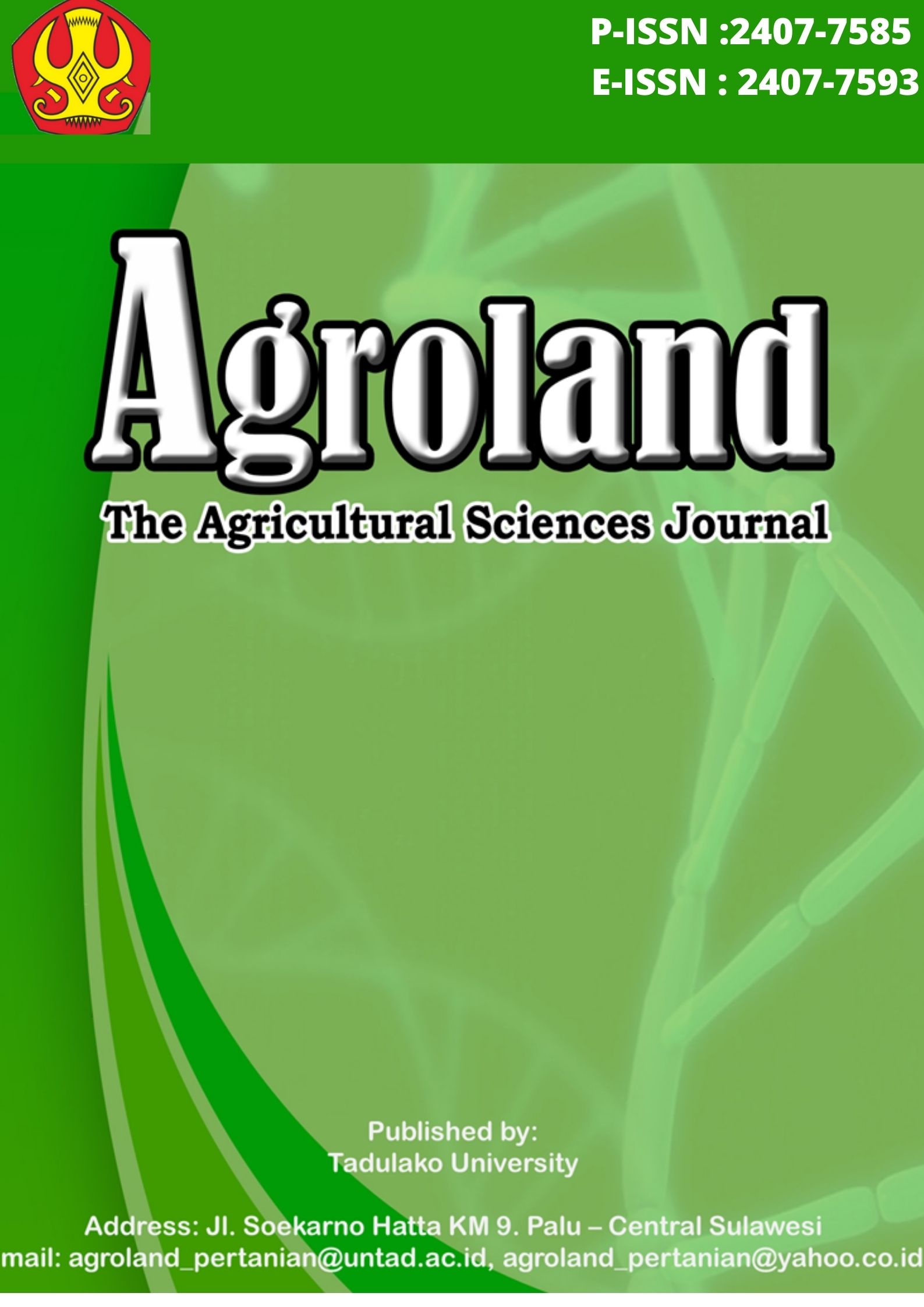PECTIN EXTRACTION OF SIAMESE PUMPKIN SKIN WITH CONCENTRATION OF HYDROCHLORIC ACID (HCL) SOLUTION
Article History
Submited : August 11, 2023
Published : December 2, 2024
Pectin is commonly used to soften jellies, jams and other products. In addition, fruits and vegetables contain pectin to maintain plant cells. Pectin is a high-value food fiber that can be called a functional food. This pectin plays an important role in gel formation and as a stabilizer in the manufacture of jelly, jam, and marmalade. Pectin is widely used in the food industry because it has the ability to act as a fruit preservative and to form a gel as a base for forming jelly as well as a thickener and stabilizer, while in the food industry it is used in the production of jams, confectionery, pasta and dairy products. The objectives of this study are: To determine the physical and chemical properties and quality of pectin extracted with hydrochloric acid (HCL) and to achieve the optimal concentration of hydrochloric acid solvent. The study was conducted in the agroindustrial laboratory of the agricultural faculty of the university of Tadulako, Palu, Sulawesi Tengah. The duration of the study will be from october 2022 to january 2023. This study is an experimental study based on fruit skins with hydrochloric acid concentrations using a complete one-factor random design (RAL) pattern. The factors tested consist of several hydrochloric acid concentration levels, namely: 1N; 1.5N; 2N; 2.5N; AND 3N. The analytical parameters observed include: yield, methoxil level, water level, ash level and galacturonal acid level. the results of the research carried out that: the concentration of HCl solvent in the extraction of pectin fruit peels is best at a concentration of 3N. The concentration of 3N HCl extracted from the Siamese Pumpkin Skin physical characteristics, namely yield 36.11%, while the chemical properties were 1.99% water content, 0.42% ash content, 3.615% methoxyl content and galactoronate acid 137.88%. and for provide the best quality of pectin from fruit siamese pumpkin skin according to the quality standards set by ippa (international pectin manufacturers association), so it has potential as a thicker and gel forming. based on the results of the research conclusion: Concentration of hydrochloric acid solvent, on extract siamese pumpkin skin best at 3N concentration.
Available:https://www.bps.go,id/indikator/55/62/1/.
Rosmiati T, 2000. Isolation and identification of pectin from chayote ( Thesis) faculty of mathematics and natural sciences, University of Ponegoro.
Devianti, Sa'diya AR, 2020. Amalia. Analysis of pectin levels of banana peel waste with variations in the volume of citric acid solvent. Chemical Journal. ; 14(2):169.
Rofiah S, Mulyaningsih, Shobib A, 2021. Extraction of pectin from grapefruit peel. journal of chemical engineering. 2(1):32-37.
Fakhrizal F, Fauzi R, Ristianingsih Y, 2015. Effect of HCl concentration on pectin extraction from Ambon banana peels. Conversion Journal. ;4(2):36-40.
Hutomo G, Rahim SA, Kadir S, 2016. Pectin isolation from dry pod husk cocoa with hydrochloric acid. International Journal of Current Microbiology and Applied Sciences. 5(11):51-756.
Hanum F, Tariga MA, Kaban IMDM, 2012. Extraction of pectin from the peel of kepok banana (Musa paradisiacal). USU Engineering Journal. 2012;1(2):49-53.
Denia VT, 2023. Antibacterial activity of rambutan leaf extract (Nephelium Lappaceum L.) Based on Total Phenolic and Sonication.
Maulana S, 2015. Extraction and characterization of pectin from uli banana peel waste (Musa paradisiaca L. AAB). [Thesis]. Faculty of Medicine and Health Sciences, Syarif Hidayatullah State Islamic University Jakarta.
Erika, C, 2013. Extraction of pectin from cocoa shell (Theobroma cacao L.) using ammonium oxalate. Journal of Indonesian Agricultural Technology and Industry. 5(2).
Elvianto and Dwi Daryono, 2013. Pectin excretion from chayote. Journal of Chemistry 7. 2013;1:22–25.
Febriyanti Y, Razak RA, Sumarni KN, 2018. Extraction and characterization of pectin from the skin of breadfruit (Artocarpus caimans Blanco). Covalent: Journal of Chemical Research. 4(1):60-73.
Astuti A, Hutomo GS, Noviyanty A, 2022. Extraction and characterization of pectin from lemons (Citrus limon L) using hcl solvent. agrotekbis: E-journal of agricultural science. 10(3):572-580.
Lumbantoruan DI, Ginting PS, Suhaidi I, 2014. The effect of the concentration of the precipitating agent and the duration of the deposition on the quality of the pectin extracted from the durian rind. Journal of Food Engineering and Pert. (2):58-64.
Lisa M, Lutfi M, Susilo B, 2015. Effect of temperature and drying time on the quality of white oyster mushroom (Plaerotus ostreatus) flour. Journal of Tropical Agricultural Engineering and Biosystems. 3(3);270-279.
Kesuma NKY, Widarta IWR, Permana IDGM, 2018. Effect of acid type and solvent pH on the characteristics of pectin from lemon peel (Citrus limon). Journal of Food Science and Technology. 7(4):192-203.
Hatimah HG, Hutomo S, Rahim A, 2019. Pectin extraction of old and young moringa fruits using hydrochloric acid on a dry basis at different temperatures. Agrotekbis: E-Journal of Agricultural Sciences. 7(4):373-381.
Munir M, Rahim MA, Rahmatu R, 2018. Wet extraction of cacao husk pod pectin using sodium hydroxide solution at various concentrations. Agrotekbis: E-Journal of Agricultural Sciences.;6(1):93-99.
Hariyati MN, 2006 Extraction and characterization of pectin from pontianak orange (Citrus Nobilis Var Microcarpa) Processing Waste. [Thesis]. Faculty of Agricultural Technology, Bogor Agricultural Institute.
Rahayu S, 2017. Isolation of pectin from papaya peel (Carica papaya L.) by Reflux Method Using Dilute HCl Solvent (Doctoral dissertation, Sriwijaya State Polytechnic); 2017.
Copyright (c) 2024 AGROLAND The Agricultural Sciences Journal (e-Journal)

This work is licensed under a Creative Commons Attribution-ShareAlike 4.0 International License.
